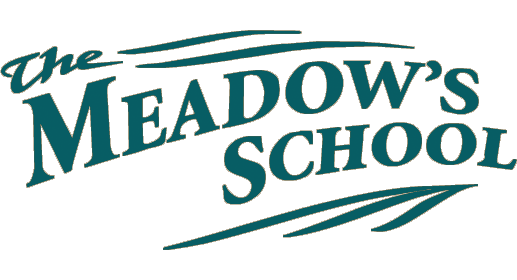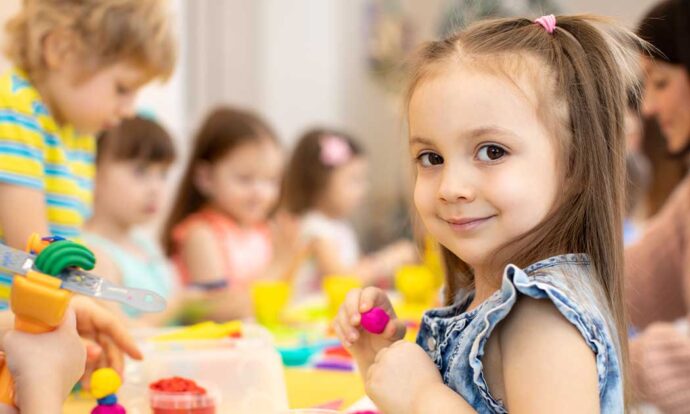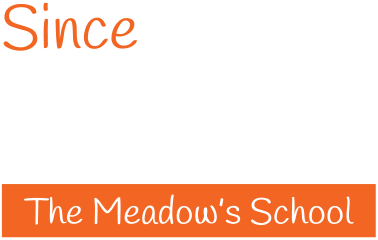You probably have noticed that our classrooms have a lot of hustle and bustle and noise, that children are up and doing things, talking, playing, and exploring. Such a classroom environment differs from the old grade-school images of a teacher doing a lot of the talking at a blackboard while children sit and listen quietly from their desks.
Research and experience tells us that to be effective with young children, teaching practices need to be “developmentally appropriate.” What this means is simply that educators need to think first about what the children are like and then create an environment and experiences that are in tune with children’s characteristics.
Early childhood, after all, is a time of life quite different from adulthood, and even from the later school years. Children 3-6 learn far better through direct interactive experiences than through just listening to someone talk. They learn extraordinary amounts through play and exploration. And the younger children are, the more that they learn needs to be relevant and interesting on the day the day they learn them, not just in the context of some future learning.
Based on such knowledge about what children of this age are like, we design our programs to fit them. It works a lot better than trying to redesign children!
A developmentally appropriate program like ours is age-appropriate. But that’s not all. To make the program a good place for every child, we gear our activities and classroom environment to the community and families involved.. We’re eager to learn as much as we can about each child’s family, cultural background, past experiences, and current circumstances. With this knowledge we work to create a program that fits the children and families we serve.


